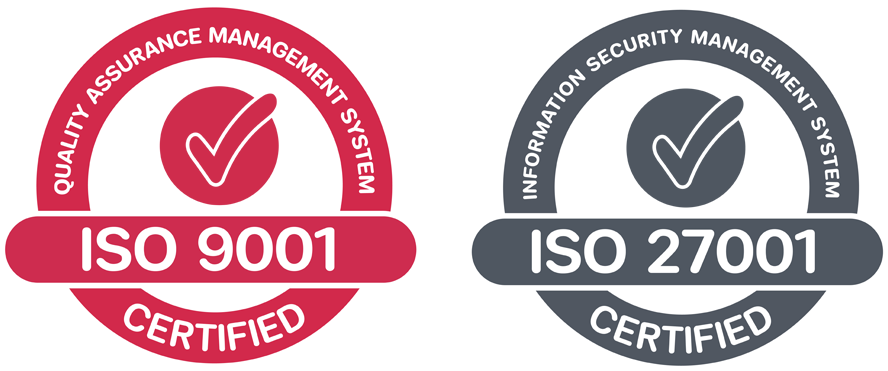In the dynamic field of natural language understanding, ERNIE stands as a pioneering model, continually evolving to enhance the integration of knowledge and improve contextual understanding. Join us as we explore the latest trends and advancements surrounding ERNIE, unraveling the magic of knowledge-aware language representation.
1. ERNIE 2.0: Elevating Contextual Understanding
The evolution of ERNIE to ERNIE 2.0 marks a significant milestone in contextual language representation. By incorporating richer knowledge sources and improving the model’s ability to capture context, ERNIE 2.0 delivers enhanced performance in a wide array of natural language understanding tasks, from sentiment analysis to document classification.
2. Knowledge Integration: Contextualizing Language with Information
ERNIE’s strength lies in its unique approach to knowledge integration. By contextualizing language understanding with external knowledge, ERNIE surpasses traditional language models, making it adept at comprehending the nuances of text and generating more contextually relevant responses.
3. Pre-training on Structured Knowledge: ERNIE’s Edge
One of ERNIE’s standout features is its ability to pre-train on structured knowledge graphs. This allows the model to encode not only textual information but also the relationships and hierarchies present in knowledge graphs, resulting in a more nuanced and context-aware representation of language.
4. Task-Specific Fine-Tuning: Tailoring ERNIE for Precision
ERNIE’s flexibility extends to task-specific fine-tuning. Users can tailor the model for specific applications, refining its performance on tasks such as question answering, entity recognition, and information retrieval. This fine-tuning process ensures that ERNIE excels in diverse linguistic contexts.
5. Multilingual Competence: ERNIE’s Global Impact
ERNIE’s knowledge-aware approach extends across languages, showcasing its multilingual competence. The model’s ability to understand and represent information in various languages positions it as a valuable asset in a globally connected world, fostering cross-cultural communication and understanding.
6. Knowledge-Driven Conversations: ERNIE in Dialogue Systems
ERNIE’s knowledge integration capabilities shine in dialogue systems. By leveraging external knowledge sources, ERNIE enhances its ability to engage in informative and contextually rich conversations, making it a compelling choice for applications ranging from virtual assistants to customer support chatbots.
7. Continual Learning: ERNIE’s Adaptive Intelligence
ERNIE is not static; it’s designed for continual learning. Regular updates and refinements ensure that the model stays at the forefront of natural language understanding, adapting to the evolving landscape of information and language use.
Conclusion: ERNIE’s Knowledge-Centric Odyssey
As we explore the latest trends in ERNIE’s capabilities, it’s evident that the model is on a knowledge-centric odyssey, reshaping the landscape of natural language processing. The future holds exciting possibilities as ERNIE continues to evolve, bridging the gap between language understanding and knowledge integration.
Stay tuned as we witness the next chapter in the story of ERNIE’s advancements, where every interaction becomes an exploration of knowledge-rich language representation.






























